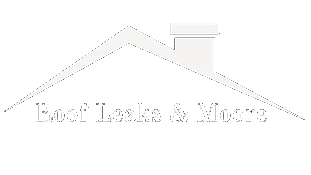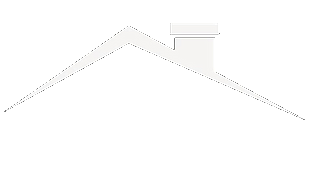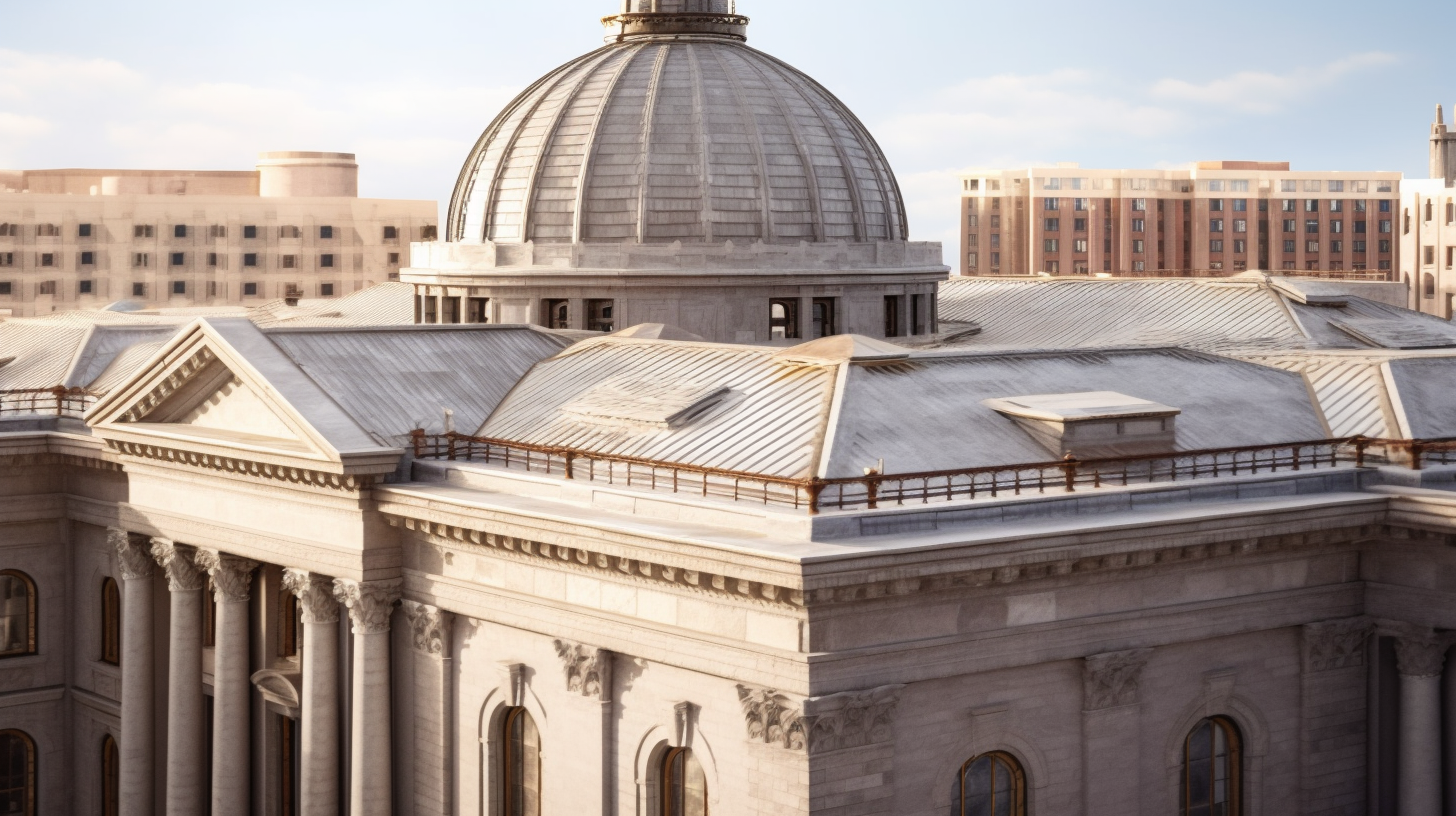When it comes to government structures, the roofing materials used play a critical role in ensuring the longevity and durability of the building. Assessing the durability and lifespan of roofing materials in government structures is essential to avoid costly repairs and replacements in the future.
As a government official or contractor responsible for constructing or maintaining government structures, it’s crucial to understand the factors that affect the durability and lifespan of roofing materials and the appropriate measures to take to ensure their longevity.
Factors such as climate, building design, and maintenance practices impact the durability and lifespan of roofing materials. Extreme weather conditions, such as heavy rainfall, hail, or snow, can damage roofs, and if left unchecked, it can lead to leaks and structural damage. Poor building design, such as inadequate drainage, can also cause water damage to roofs, leading to a shorter lifespan. Similarly, poor maintenance practices, such as neglecting regular inspections or not addressing minor issues promptly, can cause roofing materials to deteriorate more quickly.
By assessing the durability and lifespan of roofing materials in government structures and implementing appropriate measures, you can ensure the longevity of the roof and avoid costly repairs or replacements down the line.
Importance of Assessing the Durability and Lifespan of Roofing Materials in Government Structures
Assessing the durability and lifespan of roofing materials in government structures is crucial for ensuring their longevity. It’s important to consider the cost effectiveness and environmental impact of the materials used in the construction of government buildings.
The lifespan of roofing materials significantly determines the maintenance cost and overall integrity of the structure. Therefore, it’s essential to choose roofing materials that can withstand harsh weather conditions and last for a considerable amount of time.
The cost effectiveness of roofing materials is a significant consideration in government structures. Using durable materials reduces the need for frequent repairs and maintenance, which can be costly. Additionally, the environmental impact of roofing materials is a crucial factor to consider. Choosing materials that are eco-friendly reduces the carbon footprint of the structure.
The durability and lifespan of roofing materials in government structures are essential factors that affect the overall sustainability of the building.
Factors that Affect the Durability and Lifespan of Roofing Materials
You can increase the lifespan of your roof by considering several factors that affect the durability of roofing materials. The first factor is environmental impact, which includes weather conditions, such as wind, rain, and snow. Choosing a roofing material that can withstand environmental stresses will ensure that your roof lasts longer. Additionally, proper installation is crucial to the longevity of your roof. Slope, ventilation, and flashing are key components that need to be installed correctly to prevent damage and leaks.
Regular maintenance is also essential to the durability and lifespan of roofing materials. Neglecting your roof can lead to costly repairs and replacements. Regular inspections and cleaning can prevent small issues from becoming major problems. Moreover, cost-effectiveness is another factor to consider when choosing a roofing material. While some materials may be cheaper initially, they may require more maintenance and repairs in the long run, making them more expensive in the end.
In choosing the appropriate roofing material for government structures, it is necessary to consider the types of materials available in the market.
Types of Roofing Materials for Government Structures
If you’re in charge of a government building’s roof, it’s important to know the different types of roofing materials available and choose the one that best fits the bill.
Some of the most commonly used roofing materials for government structures include asphalt shingles, metal roofs, tile roofs, and flat roofs. Each type of material has its own advantages and disadvantages, so it’s important to consider factors such as cost effectiveness, durability, and environmental impact when making a decision.
Cost effective options include asphalt shingles and flat roofs, which are relatively inexpensive and have a lifespan of around 20 years. Metal roofs and tile roofs, on the other hand, can be more expensive upfront but have a longer lifespan of up to 50 years. When considering the environmental impact, metal roofs and tile roofs are more sustainable options as they can be recycled, whereas asphalt shingles and flat roofs are not easily recyclable.
Ultimately, the type of roofing material chosen will depend on various factors unique to each government structure.
In order to ensure the longevity of the roofing materials, proper maintenance and regular inspections are necessary. This includes removing any debris that may accumulate on the roof, inspecting for any signs of damage or wear and tear, and promptly repairing any issues that arise. By taking these measures, the roofing materials can continue to protect the government structure for years to come.
Measures to Ensure the Longevity of Roofing Materials
To ensure the longevity of your roofing materials, you need to follow a comprehensive maintenance plan. This plan should include regular inspections, prompt repairs, and proper maintenance.
Regular inspections help identify any minor defects that could lead to major damage if left unchecked over time. Prompt repairs are also crucial in preventing small issues from becoming larger problems that could require costly replacements.
Additionally, upgrading your roofing system as needed can extend its lifespan and ensure it remains functional and safe for many years to come.
Regular Inspections
Regular inspections are essential for ensuring the longevity of your government structure’s roofing materials. It’s recommended to have inspections at least twice a year or after major weather events such as storms or heavy snow. This will allow you to identify any damage or wear and tear on the roofing materials before it becomes a bigger issue.
During inspections, it’s important to have an inspection checklist that covers all aspects of the roofing system. This should include checking for cracks, leaks, missing shingles, and any other signs of damage.
By keeping up with regular inspections and using a thorough inspection checklist, you can catch any issues early on and address them before they become more costly and time-consuming repairs. With proper maintenance, your roofing materials can last for many years to come, ensuring the safety and protection of your government structure and those who use it.
It’s important to promptly address any issues that are discovered during inspections to ensure the longevity of your roofing materials.
Prompt Repairs
Now that you’ve understood the importance of regular inspections in assessing the durability of roofing materials, it’s essential to know the significance of prompt repairs.
A damaged roof can compromise the structural integrity of a building, leading to costly repairs and even endangering the lives of occupants. Therefore, it’s crucial to address any issues as soon as possible to ensure that your building remains safe and functional.
To achieve this, quick fixes should be implemented to mitigate the damage and prevent it from spreading further. Preventive maintenance should also be conducted to identify potential problems before they worsen.
Here are some ways to ensure prompt repairs:
- Develop a maintenance schedule to identify and fix problems early.
- Train personnel to identify signs of damage, such as water stains or cracks.
- Implement an emergency response plan in case of severe damage caused by natural disasters or external factors.
- Partner with a reputable roofing contractor to ensure that repairs are done correctly and efficiently.
By ensuring prompt repairs, you can prolong the lifespan of your roofing materials and prevent costly repairs in the long run.
Now that you know the importance of quick fixes and preventive maintenance, let’s move on to the next section – proper maintenance.
Proper Maintenance
It’s crucial that you don’t neglect proper maintenance of your roof, as this can lead to a snowball effect of issues that will eventually come to a head, like a house of cards collapsing. Regular cleaning and preventive measures can go a long way in ensuring that your roofing materials last for their intended lifespan. By keeping your roof clear of debris and inspecting it for damage after severe weather events, you can catch small issues before they become major problems.
To make sure your roof is receiving proper maintenance, consider creating a routine maintenance schedule or hiring a professional to perform regular inspections. It’s also important to address any issues as soon as they arise, rather than waiting for them to worsen. Taking these steps can help prolong the lifespan of your roofing materials and save you from costly repairs or replacement. In the next section, we’ll discuss the importance of upgrading and replacement when necessary.
Upgrading and Replacement
If you want to keep your roof in top condition, you should consider upgrading or replacing it when necessary. This is especially important for government structures where long-lasting roofing materials are crucial.
Upgrading or replacing your roofing materials can be cost-effective in the long run as it ensures the longevity of your roof and reduces the need for constant repairs and maintenance.
When considering upgrading or replacing your roofing materials, it’s important to look into sustainable options. In today’s world, there’s a growing emphasis on sustainable practices and materials. Opting for sustainable roofing materials not only helps the environment but also provides long-term cost savings as these materials are designed to last longer.
Additionally, government structures can set an example for the community by promoting sustainable practices in their infrastructure.
Overall, upgrading or replacing your roofing materials with cost-effective and sustainable options can provide long-term benefits for both your building and the environment.



